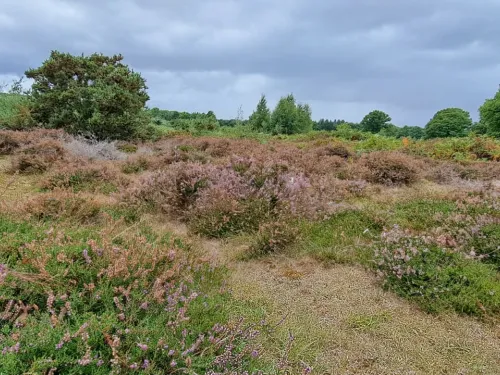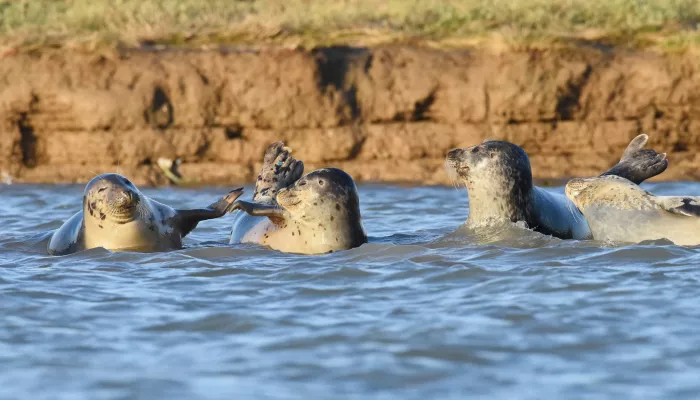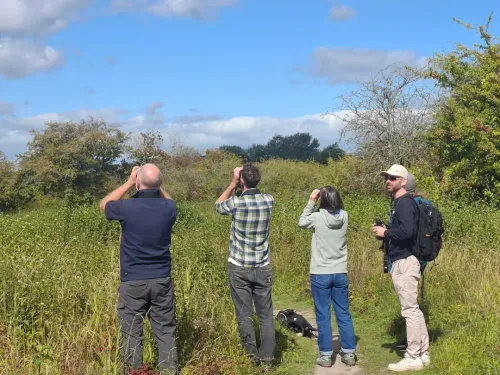
Hothfield Heathlands: A big thank you!
Area Manager, Ian Rickards, takes a moment to reflect on the work at Hothfield Heathlads throughout the summer months.


Area Manager, Ian Rickards, takes a moment to reflect on the work at Hothfield Heathlads throughout the summer months.

Ecological Data Analyst, Lawrence Ball, talks about a recent team day out to Dane Valley Woods - and the team tells us what makes it so special.

Pigs and tree pipits have returned to the reserve. Hazel and Beech, the pair of Large Black pigs who in the winter made their mark on the small compartment below the concrete causeway, returned to that fenced-in compartment in mid-July continuing, as Area…